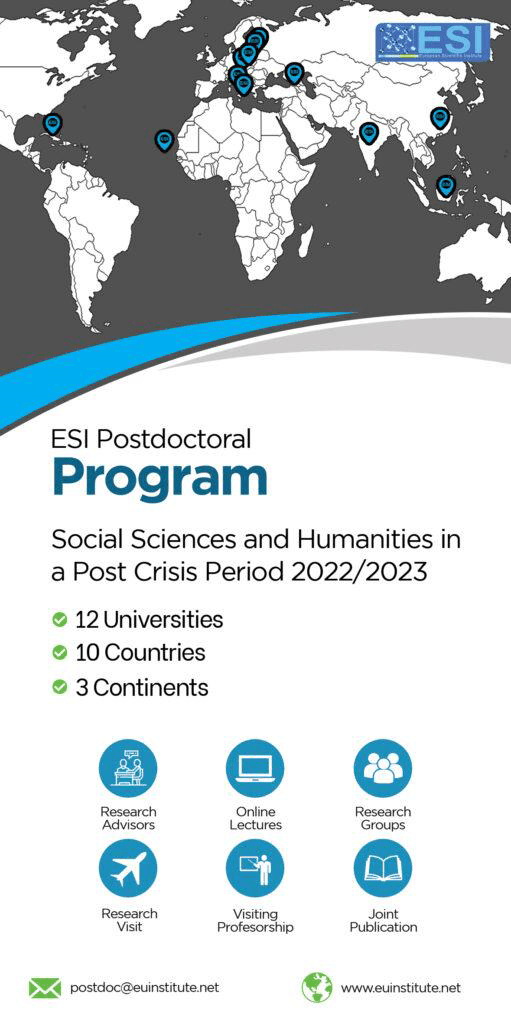Influence of waste management infrastructure on source segregation of medical waste at a major referral hospital in Western Kenya
Abstract
Medical wastes generated by healthcare facilities such as sharps, and chemical, pathological, infectious, and pharmaceutical wastes are hazardous and have been known to cause various infections such as Hepatitis B, Hepatitis C, and Human-Immune Virus (HIV). Various studies in MW have established that source segregation is an effective step in managing hospital waste and therefore, the most important step in reducing health hazards and environmental pollution. Hospitals are therefore required to put in place sufficient infrastructure such as personal protective equipment, storage as well as waste transportation equipment at strategic points within each department or floor. Jaramogi Oginga Odinga Teaching and Referral Hospital (JOOTRH) is a major facility in western Kenya generating approximately 68% of medical waste in Kisumu County. A recent public health study in western Kenya established that 72% of cleaners at JOOTRH were treated for sharps injuries while needle prick injuries accounted for 69% of wounds that occurred among waste recyclers in common dumping sites in Kisumu County. The purpose of this study was to establish the influence of waste management infrastructure on source segregation of medical waste at the JOOTRH. This was a descriptive survey that involved a sample size of 112 nursing officers, 41 doctors, 13 laboratory technicians, 20 clinical officers, and eight heads of departments. Semi-structured questionnaires and interview schedules were used to collect data from healthcare workers and heads of departments respectively. Findings showed that Hospital waste management infrastructure (β=.513) has a significant (p<0.05) influence on source segregation of medical waste, and contributes approximately 38.4% unit changes in source segregation of medical waste at JOOTRH (R2=.384). The study concludes that delays in procurement processes have led to instances of inadequacies in PPE and waste collection containers, causing cases of waste-related injuries. The study findings should inform policy formulation for effective source segregation of medical waste generated by healthcare facilities, thereby reducing associated injuries.
Downloads
Metrics
References
2. Adu, R. O., Gyasi, S. F., Essumang, D. K., & Otabil, K. B. (2020). Medical Waste-Sorting and Management Practices in Five Hospitals in Ghana. Journal of environmental and public health. https://doi.org/10.1155/2020/2934296.
3. Bannour, R., Cheikh, A. B., Bhiri, S., Ghali, H., Khefacha, S., Rejeb, M. B., & Laatiri, H. S. (2024). Impact of educational training about healthcare waste management on practices skills of healthcare workers: a pre-experimental study in a tertiary Tunisian hospital. Antimicrobial Resistance & Infection Control, 13(1), 122.
4. Borowy, I. (2020). Medical waste: the dark side of healthcare. História, Ciências, Saúde- Manguinhos, 27(suppl 1), 231-251.
5. Chepchirchir, C., & Ngoye, B. (2024). Factors Influencing Adherence to Hazardous Waste Management Policy Frameworks among Health Workers in Private Hospitals in Nairobi County-Kenya. International Journal of Developing Country Studies, 6(1), 15-35.
6. Dawadi, S., Shrestha, S., & Giri, R. A. (2021). Mixed-Methods Research: A Discussion on its Types, Challenges, and Criticisms. Journal of Practical Studies in Education, 2(2), 25-36.
7. Ibrahim, M., Kebede, M., & Mengiste, B. (2023). Healthcare waste segregation practice and associated factors among healthcare professionals working in public and private hospitals, Dire Dawa, eastern Ethiopia. Journal of Environmental and Public Health, 2023(1), 8015856.
8. Kanatas, P. (2023). The importance of investing in modern waste infrastructure: a path towards sustainable development. Environ Waste Management Recycling, 6 (2), 138.
9. Khanal, A., Sondhi, A., & Giri, S. (2021). Use of personal protective equipment among waste workers of Sisdol landfill site of Nepal. International Journal of Occupational Safety and Health, 11(3), 158- 164.
10. Lodha, N. K., Murari, K., Mewara, B., Sharma, G., & Varma, M. (2023). "Bio-Medical Waste Management Segregation Study Importance of the Environment and Living Organisms. International Clinical and Medical Case Reports Journal, 2(14), 1-6.
11. Macharia, B. K. (2018). Appropriateness of Personal Protective Equipment against Bio-Hazards Exposure in Public Primary Healthcare Facilities in Mombasa County, Kenya. Unpublished master thesis submitted to JKUAT.
12. Magu, D., Chelogoi, E., & Obegi, G. (2021). Health care waste handling practices among health care workers at Kenyatta National & Referral Hospital–Kenya. East African Medical Journal, 98(3), 3559-3570.
13. Nunnally, J. C. (1978). Psychometric theory. New York, NY: McGraw-Hill.
14. Padmanabhan, K. K., & Barik, D. (2019). Health hazards of medical waste and its disposal. In Energy from Toxic Organic Waste for Heat and Power Generation (pp. 99-118). Woodhead Publishing.
15. Reddy, S. C., Valderrama, A. L., & Kuhar, D. T. (2019). Improving the use of personal protective equipment: applying lessons learned. Clinical Infectious Diseases, 69(Supplement 3), 165- 170.
16. Shorten, A. and Smith, J. (2017). Mixed methods research: Expanding the evidence base. Evidence-Based Nursing, 20(3), 74 –76.
17. World Health Organization (WHO, 2005). Management of solid healthcare waste at primary healthcare centers (a Decision-Making Guide) Geneva, Switzerland. pp. 36-37.
18. World Health Organization (WHO, 2018). Health Care Waste. Disponible.
19. Yamane, T. (1967). Statistics: An Introductory Analysis, 2nd Ed. New York: Harper and Row.
Copyright (c) 2025 Ojwang B. Otieno, Jenniffer V. Atieno, Albert Long’ora

This work is licensed under a Creative Commons Attribution 4.0 International License.








